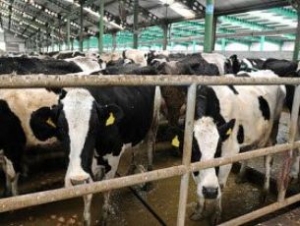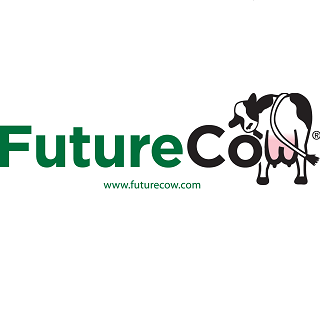Dairy in the World
Weekly beef and dairy digest: US beef sales and exports slide again

US beef sales and exports continue to slide
US beef net sales of 13,100 metric tonnes (MT) reported for 2021 were down 22% from the previous week and 35% from the prior four-week average.
Increases were primarily for Japan (4,100 MT, including decreases of 500 MT), China (2,400 MT, including decreases of 100 MT), South Korea (2,000 MT, including decreases of 600 MT), Mexico (1,300 MT, including decreases of 100 MT), and Canada (1,200 MT, including decreases of 200 MT).
Exports of 17,700 MT were down 4% from the previous week and 7% from the prior four-week average. The destinations were primarily to Japan (5,100 MT), South Korea (5,100 MT), China (2,600 MT), Mexico (1,400 MT), and Taiwan (1,100 MT).
JBS reports strong first-quarter profits
“Exceptionally good” operating performance for JBS’s US meat operations helped swing meatpacker JBS back to profitability in the first quarter, with the world’s largest meatpacker noting strong demand for meat as US restaurants started to reopen.

It also said strong exports from the US to Asian countries also helped it to post a net profit of 2 billion reais ($377 million) in the quarter ending 31 March, a dramatic improvement from last year’s 5.93 billion reais loss for the first quarter of 2020.
High feed costs did weigh on margins for the company’s Seara food division in Brazil, but those expenses had less of an impact on the company’s finances than feared. The company’s chief financial officer did say high cattle and feed prices will continue to challenge JBS.
US dairy markets at a glance
Cheese highlights
Cheese market prices stumbled on 6 May, as both block and barrel prices slipped. Market undertones are less assured than they have been in previous weeks. Cheese availability is mixed. Contacts in the Midwest and West have said barrels have become slightly more available, despite fairly healthy demand.
Butter highlights
Cream supplies are steady but tightening. Ice cream production is picking up and drawing more cream, but butter makers are receiving steady supplies of cream to meet production needs. Butter inventories are stable overall, although some plant managers are trying to add some extra bulk loads to coolers to insulate against uncertainties later this summer and fall. Retail sales are reportedly lackluster as retailers and grocers are placing smaller orders.

Fluid milk
Milk production varies across the country this week, with output in the Midwest, reportedly, at peak levels. Strong milk production is present in the Southeast, Arizona, and the Pacific Northwest. In the Northeast and Florida, milk output is slowing.
Class I demand is steady to strong across most of the country, contrasting with reports of slightly lower demand in New Mexico. Active cheese production schedules nationwide are keeping Class III demand steady.
Condensed skim markets are steady, with some tanker/driver shortages keeping loads closer to the points of origin. Ice cream makers across the country have a strong demand for cream. Cream availability is mixed in the Midwest and tightening in the West.
Dry products
Prices for low/medium heat non-fat dry milk (NDM) have pushed higher this week in all regions, amid strong domestic/international demand. High heat NDM prices have also moved higher, as contacts across the country report tight markets. Dryers are active nationwide, with many focusing on low/medium heat NDM rather than high heat or dry buttermilk production. With limited production, dry buttermilk availability is tight for spot purchases.
National retail report
Total dairy advertisement numbers decreased from last week. Conventional ads were 11% lower, while organic ad numbers shrunk by 32%. Conventional ice cream, in 48 to 64 ounce containers, was the most advertised dairy item, despite a 2% decline in ad numbers from week 17. The weighted average price for conventional half gallon milk was $2.73, while organic half gallon milk held a weighted average price of $3.82, resulting in an organic premium of $1.09.
TheCattleSite News Desk
IMPORTANT NOTE: I am not a futures broker and do not manage any trading accounts other than my own personal account. It is my goal to point out to you potential trading opportunities. However, it is up to you to: (1) decide when and if you want to initiate any traders and (2) determine the size of any trades you may initiate. Any trades I discuss are hypothetical in nature.
Here is what the Commodity Futures Trading Commission (CFTC) has said about futures trading (and I agree 100%): 1. Trading commodity futures and options is not for everyone. IT IS A VOLATILE, COMPLEX AND RISKY BUSINESS. Before you invest any money in futures or options contracts, you should consider your financial experience, goals and financial resources, and know how much you can afford to lose above and beyond your initial payment to a broker. You should understand commodity futures and options contracts and your obligations in entering into those contracts. You should understand your exposure to risk and other aspects of trading by thoroughly reviewing the risk disclosure documents your broker is required to give you.





















